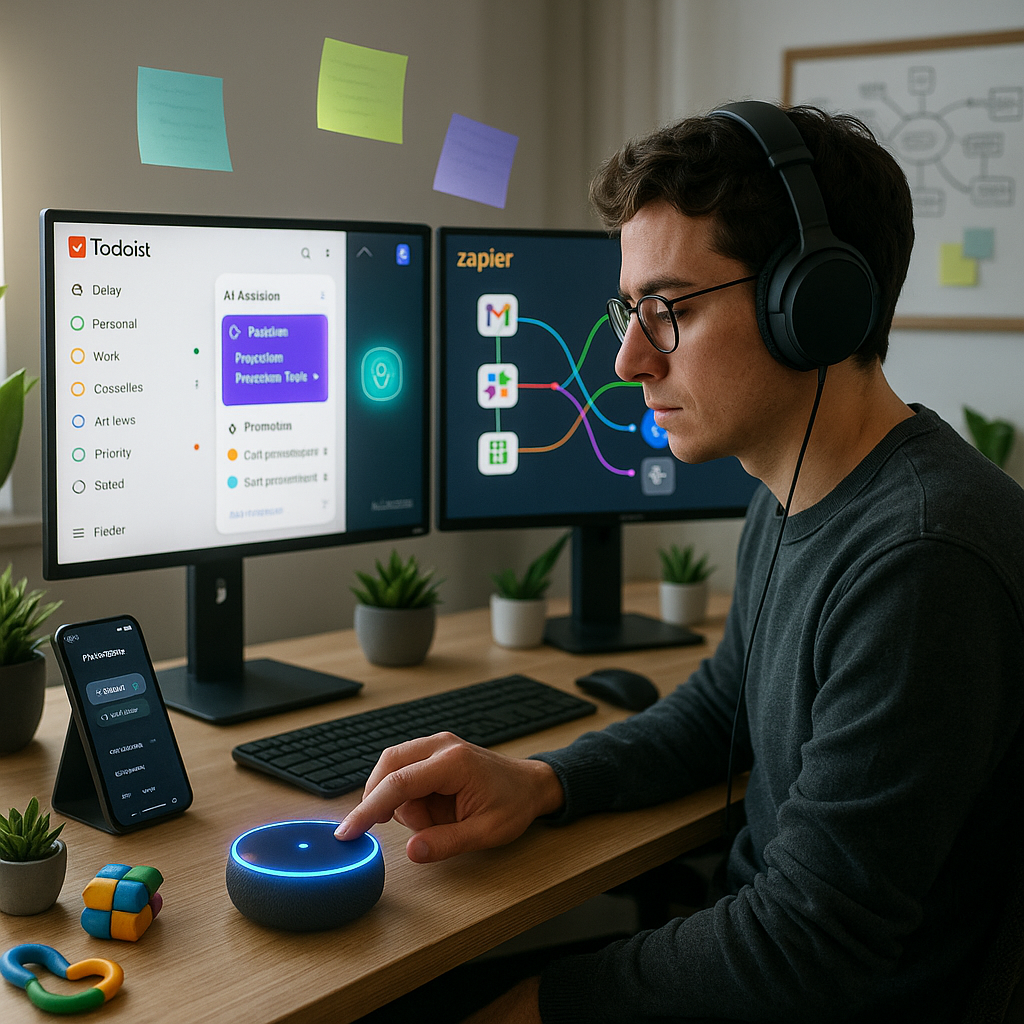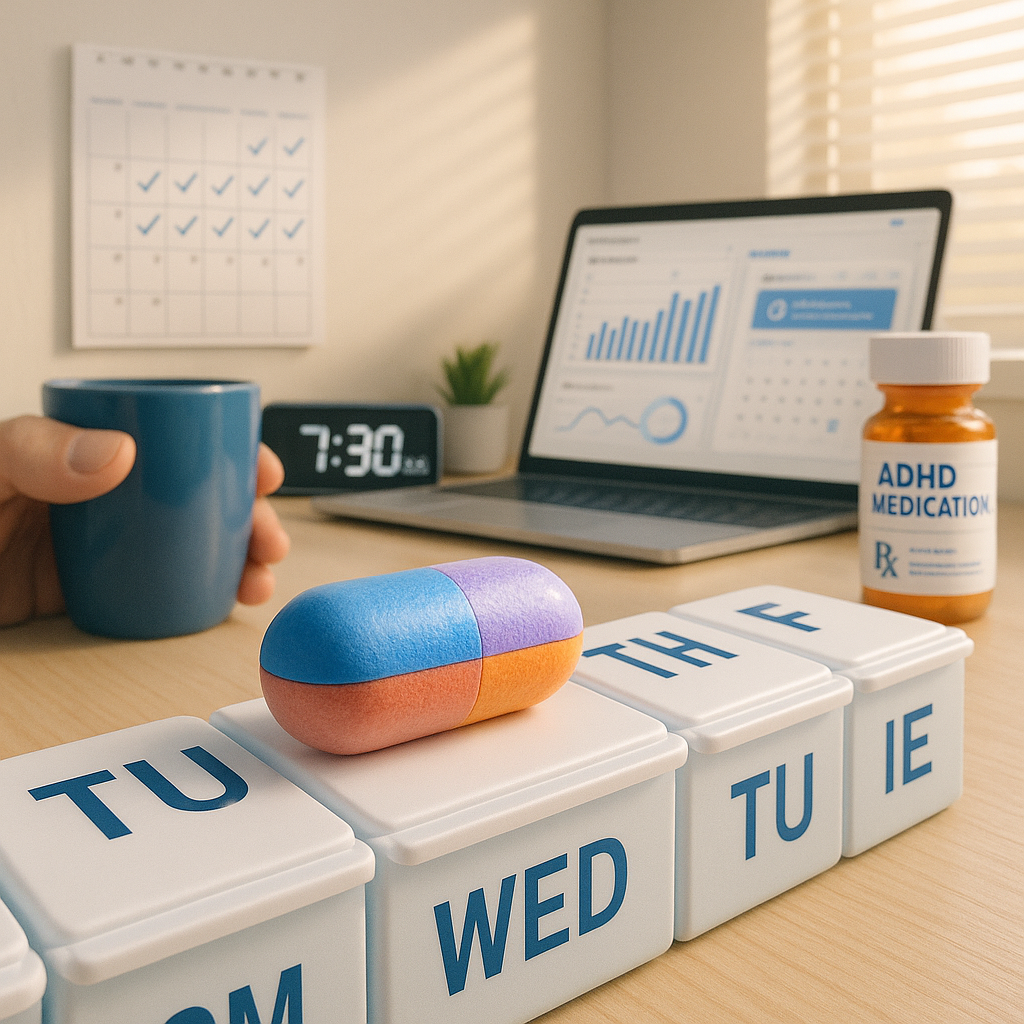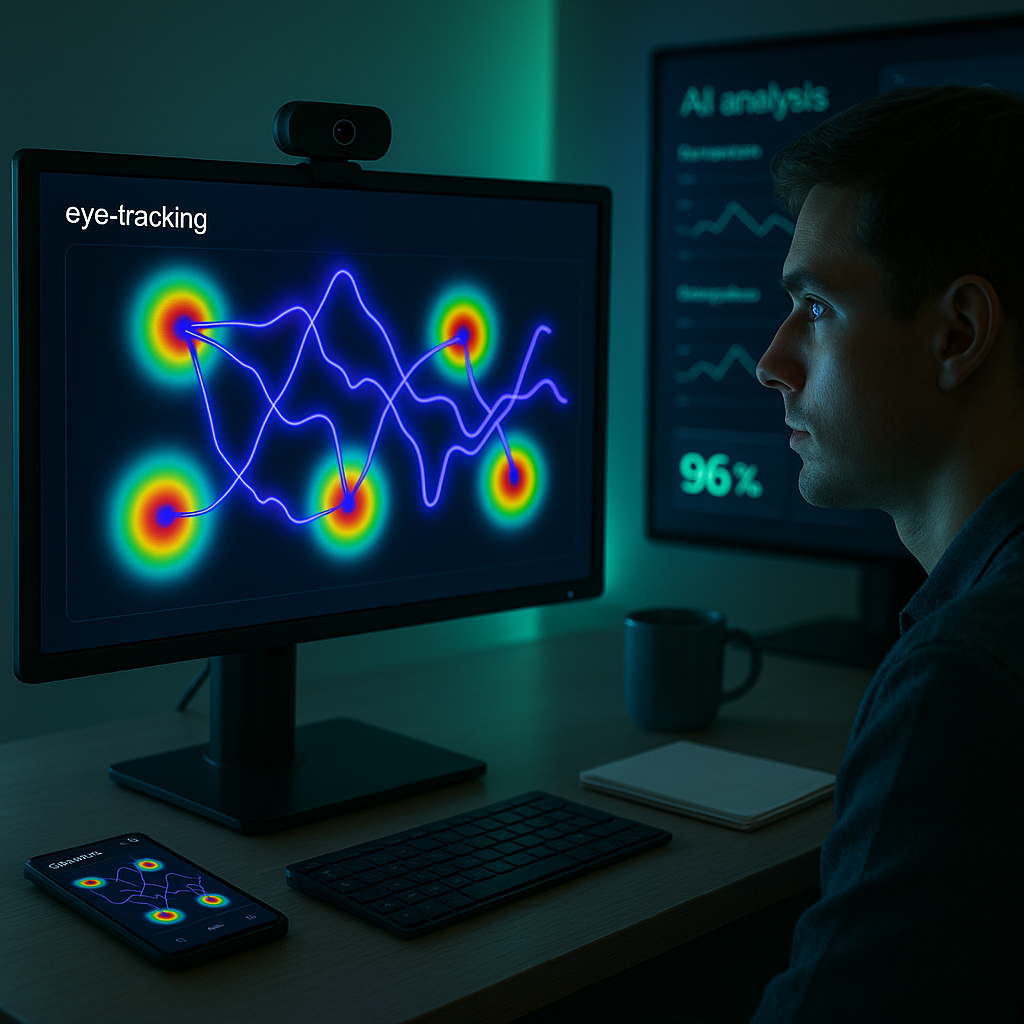Key Takeaways
- Personalized AI assistants help ADHD professionals organize tasks, maintain routines, and reduce mental clutter.
- Automating repetitive work frees up energy and reduces overwhelm, supporting sustainable productivity.
- Tailored workflows allow hyperfocus and creativity to become competitive advantages for neurodivergent individuals.
- Tools are developed by and for people with lived ADHD experience, emphasizing real-world effectiveness rather than generic solutions.
- ADHDink plans to launch new content, tools, and consulting services to help more professionals leverage AI for neurodivergent success.
Introduction
AI and automation tools are transforming how ADHD professionals manage executive function. By streamlining workflows and minimizing overwhelm, these technologies turn neurodivergent traits into practical advantages. ADHDink highlights how solopreneurs, creatives, and founders are using personalized tech not only to keep pace but also to build smarter, sustainable systems. There are additional resources on the horizon, too.
Leveraging AI Assistants for Executive Function
AI-powered digital assistants now provide targeted support for ADHD minds by adapting to individual executive function patterns. These tools can sense attention shifts and automatically adjust notifications, deadlines, and task priorities.
Platforms like Todoist’s AI features and Motion’s adaptive scheduling learn from user behavior to recommend optimal work routines. The technology identifies common ADHD work styles, such as periods of hyperfocus and frequent task-switching.
AI assistants address “out of sight, out of mind” challenges by delivering reminders at contextually relevant moments, rather than at fixed times that may be overlooked or become overwhelming.
Automation as an External Executive Function
Automation tools act as an external executive function system, managing routine decisions and repetitive tasks that can drain cognitive resources for ADHD professionals. Solutions like Zapier and Make (formerly Integromat) enable users to create custom workflows for email filtering, document organization, and follow-up communications.
Among ADHD users, popular automation strategies include:
- Auto-categorizing incoming emails and tasks by project
- Converting voice notes to written documentation through transcription services
- Synchronizing calendar events with task management tools
The primary benefit is a reduction in decision fatigue and context-switching headaches. As marketing consultant Alex Chen stated, automation handles routine tasks, allowing more energy for creative work.
Customization and Adaptive Interfaces
Modern AI tools recognize that ADHD presents differently for each individual and across various contexts. Platforms like Notion AI and Coda now feature customizable interfaces that adapt to personal executive function needs and work styles.
Visual thinkers benefit from AI-generated mind maps and relationship diagrams, while verbal processors use advanced dictation and natural language processing features. Technology adjusts based on how users interact with it.
These adaptive interfaces support both periods of hyperfocus and fluctuating attention. They can simplify during overwhelming moments or present additional detail when deeper focus is detected.
Transforming Challenges into Competitive Advantages
AI and automation tools empower ADHD professionals to leverage their inclination toward innovative thinking and pattern recognition. Technology streamlines routine tasks, enabling unique problem-solving methods to thrive.
Creative professionals report that automated task management creates mental space for divergent thinking. Some data even suggest that ADHD individuals using AI support often excel in brainstorming and creative problem-solving compared to neurotypical peers.
These tools let professionals design workflows that play to their strengths, serving as a bridge between distinctive ADHD thinking styles and traditional workplace structures.
Implementation Strategies and Best Practices
Beginning with a single automated workflow, such as email processing or meeting scheduling, can help prevent overwhelm. This gradual approach supports sustained adoption of digital support systems.
Periodic reviews and adjustments are essential for continued effectiveness. AI tools can monitor which automations are in regular use and recommend updates based on user interactions.
The most successful approaches pair AI assistance with personal insight. Users achieve the best outcomes when they treat technology as a collaborative partner rather than a replacement for human judgment.
Conclusion
AI and automation are reshaping executive function support for ADHD professionals by turning distinctive work patterns into productivity strengths. Recent advances reduce overwhelm, encourage creativity, and support more sustainable workflows. What to watch: as platforms advance in personalization, further enhancements in adaptive interfaces and workflow integration tailored for neurodivergent needs are expected.





Leave a Reply